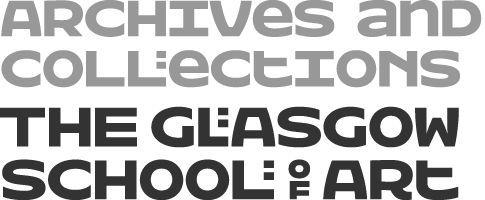Key Information
Type of entity
Person
Authorized form of name
Wagner, Otto Koloman
Parallel form(s) of name
Standardized form(s) of name according to other rules
Other form(s) of name
Identifiers for corporate bodies
Description area
Dates of existence
1841-1918
History
Otto Wagner studied architecture in Berlin and Vienna from 1857 until 1863. From 1864 Otto Wagner had his own practice in Vienna. Otto Wagner's early commissions were for private houses and office buildings in the Historicizing style, exemplifed by the 1867 Villa Epstein in Baden. In 1873 Otto Wagner designed the synagogue in Budapest. "Haus Schottenring 23" (1878) and Villa Wagner (1888) in Vienna-Hütteldorf are also in the historicizing "Ringstrasse style". From 1894 until 1912 Otto Wagner was a professor for architecture at the Viennese "Akademie der bildenden Künste". In the 1890s, however, Otto Wagner abandoned Historicism to follow the new trend in art, becoming an important pioneer of Viennese Modernism. As a designer, Otto Wagner was also responsible from 1890 for numerous furnishings, lighting, textiles, and utilitarian glass and metal objects. In 1898 the houses known as "Viennese row houses" were built after plans by Otto Wagner, Jugendstil architecture by now, with façades that emphasized surfaces and featuring new materials. In 1899 Otto Wagner joined the Viennese Secession.Otto Wagner's most important works of architecture and urban planning include laying out the Viennese urban railway (1892-1901) with viaducts, bridges, and more than thirty stops as well as the am Steinhof church (1902-07). The building he designed as the Austrian Postsparkasse (1904-06) is regarded as Otto Wagner's masterpiece, both aesthetically and technically. Otto Wagner conceived this building as a total work of art, using not only the newest materials such as reinforced concrete and aluminium; he also designed the entire interior, which reveals early functionalist tendencies, and used new methods of furniture-making.
Places
Legal status
Functions, occupations and activities
Mandates/sources of authority
Internal structures/genealogy
General context
Relationships area
Access points area
Subjects
Place access points
Occupations
Control area
Authority record identifier
Institution identifier
Rules and/or conventions used
Status
Level of detail
Processing information
Language(s)
Script(s)
Sources
Museum Postparkasse: http://www.ottowagner.com/otto-wagner-en-US/

